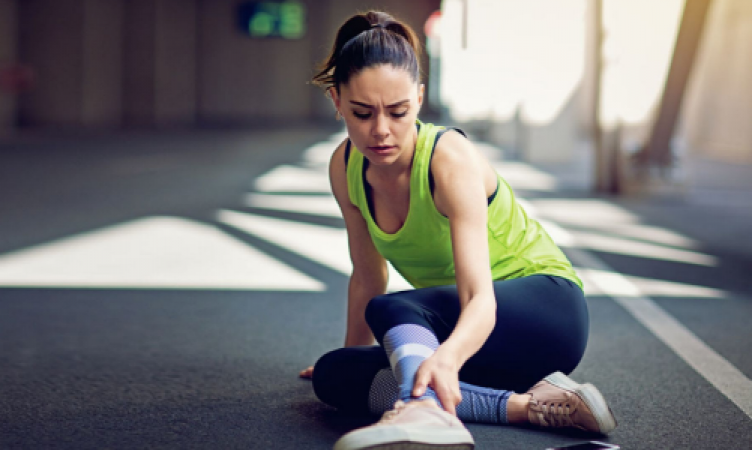
Muscle cramps can be an unwelcome aftermath of intense physical activity, leaving you with discomfort and soreness. These involuntary contractions occur due to muscle fatigue, dehydration, electrolyte imbalances, or inadequate warm-up and cool-down routines. Understanding how to prevent and manage muscle cramps ensures a smooth post-workout recovery. In this article, we will discuss seven effective tips to help you reduce muscle cramps after exercise.
7 Effective Tips to Reduce Muscle Cramps After Exercise -
Stay Hydrated - One of the primary causes of muscle cramps is dehydration. When you exercise, your body loses water through sweat, leading to an imbalance in electrolytes like sodium, potassium, and magnesium. To prevent cramps, drink plenty of water before, during, and after your workout. Proper hydration will maintain the electrolyte balance in your muscles and minimize the risk of cramping.
Warm-up and Cool-down - Before diving into your workout, it's crucial to warm up properly. Gentle cardio exercises and dynamic stretches increase blood flow to your muscles, preparing them for more intense activity. Similarly, a cool-down session with static stretches can help relax your muscles and prevent them from tightening up after exercising. Including these practices in your routine will reduce the likelihood of experiencing post-exercise cramps.
Gradually Increase Exercise Intensity - Sudden, drastic increases in exercise intensity or duration can strain your muscles, leading to cramps. Instead, progress gradually and allow your muscles time to adapt to new challenges. Whether you're weightlifting, running, or engaging in any other physical activity, take it slow and listen to your body's signals.
Proper Nutrition - A balanced diet plays a vital role in preventing muscle cramps. Ensure you consume foods rich in essential minerals like potassium, magnesium, and calcium. These nutrients support proper muscle function and help prevent cramping. Bananas, oranges, leafy greens, nuts, and dairy products are excellent sources of these minerals.
Stretching and Massage - Regular stretching and self-massage can alleviate muscle tension and improve flexibility. Incorporate static stretches into your routine, especially targeting the muscle groups you worked on during your exercise session. Additionally, using foam rollers or massage tools can help release knots and trigger points in your muscles, reducing the risk of cramps.
Electrolyte Supplements - If you engage in prolonged or intense workouts, consider taking electrolyte supplements, especially if you're prone to cramping. These supplements can help replenish the minerals lost through sweat and maintain the electrolyte balance in your muscles. However, it's essential to consult a healthcare professional before starting any supplementation regimen.
Listen to Your Body - Above all, pay attention to your body's signals during and after exercise. If you feel any unusual tightness, soreness, or discomfort, take a break and rest. Ignoring these warning signs can lead to more severe issues. Be mindful of your limitations and adjust your exercise routine accordingly to prevent muscle cramps and injuries.
Muscle cramps can disrupt your post-workout recovery and hinder your exercise progress. By following these seven effective tips, you can significantly reduce the occurrence of muscle cramps after exercise. Stay hydrated, warm up and cool down properly, gradually increase exercise intensity, maintain a balanced diet, incorporate stretching and massage, consider electrolyte supplements, and most importantly, listen to your body. Remember, a consistent and cautious approach to your workouts will minimize muscle cramps and contribute to improved overall fitness and well-being.
Also read: Optimal Fasting Durations for Maximum Health Benefits
5 Best Vegan Sources of Protein for a Plant-Based Diet
5 Guilt-Free and Delicious Cheat Meals for a Healthy Lifestyle